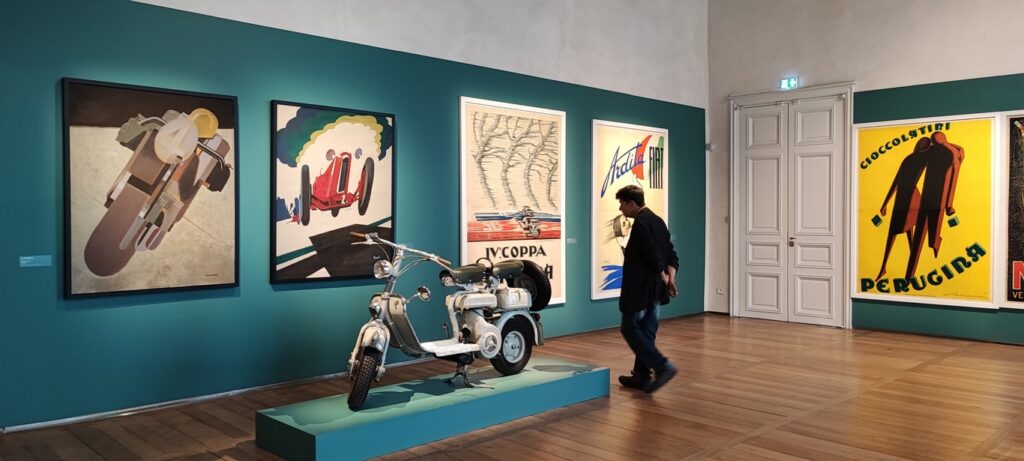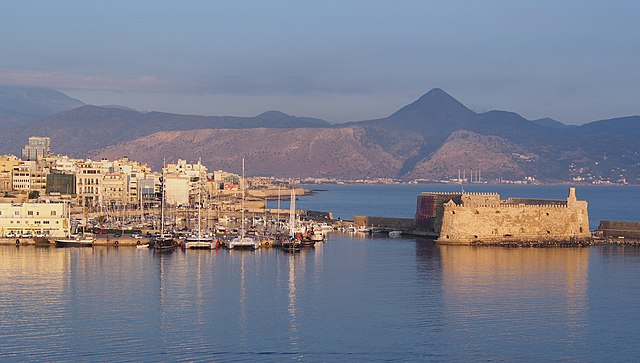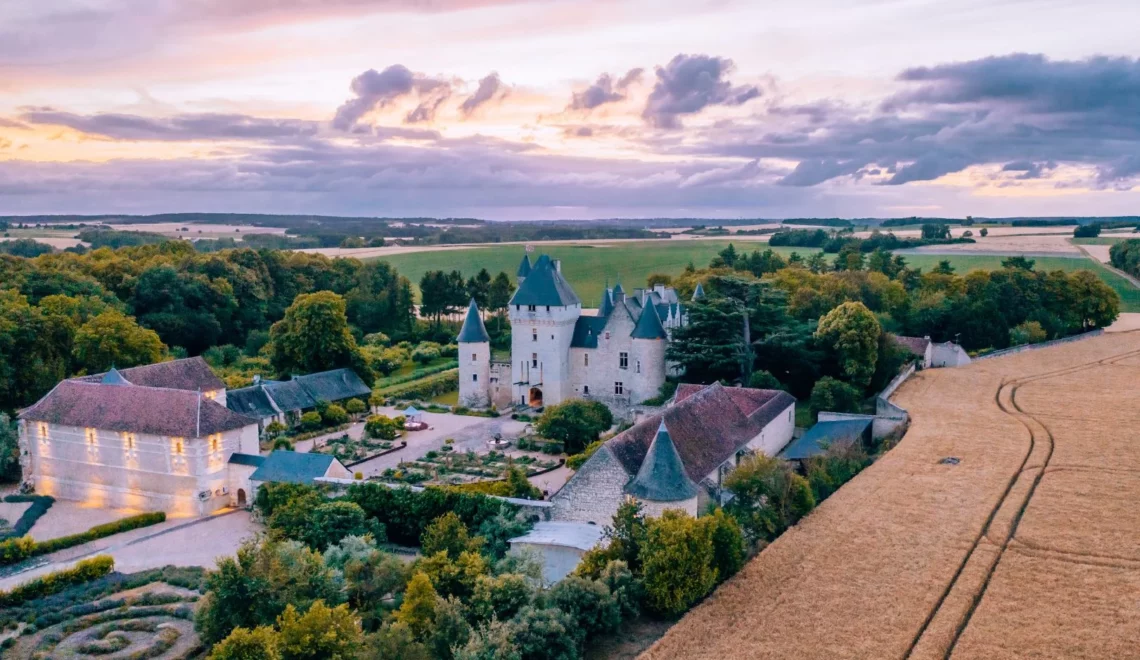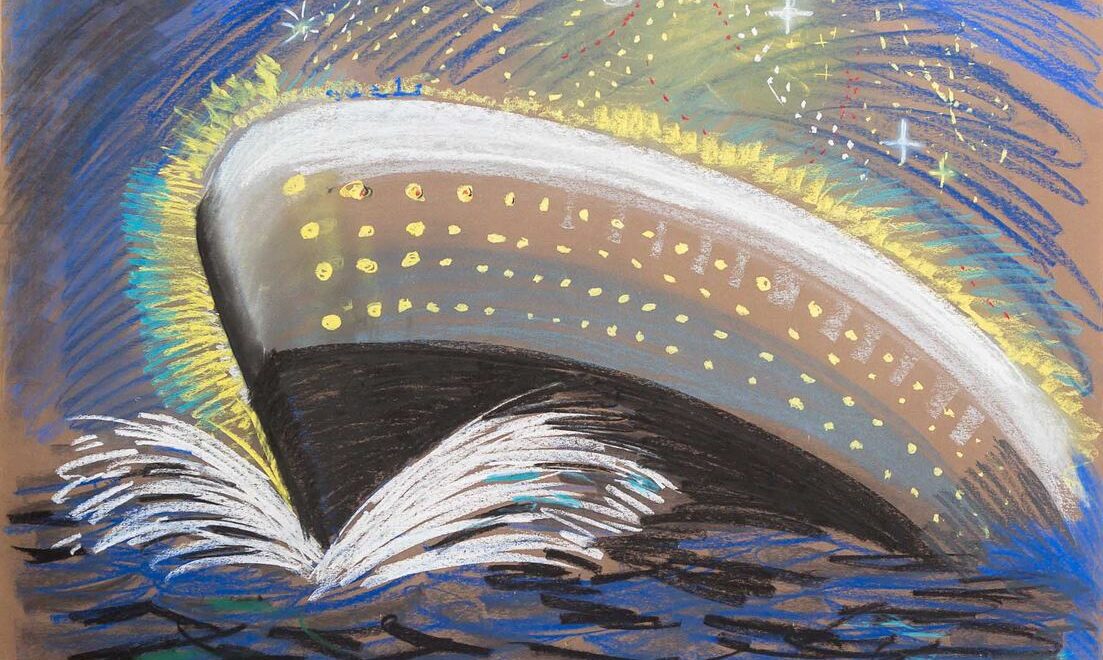
The exhibition Italia Veloceoffers a panorama of Italian art in the 20th century. Through paintings, advertising posters, cinema, photography and furniture. Futurism is the main theme.
Table of Contents
Collecting modern art
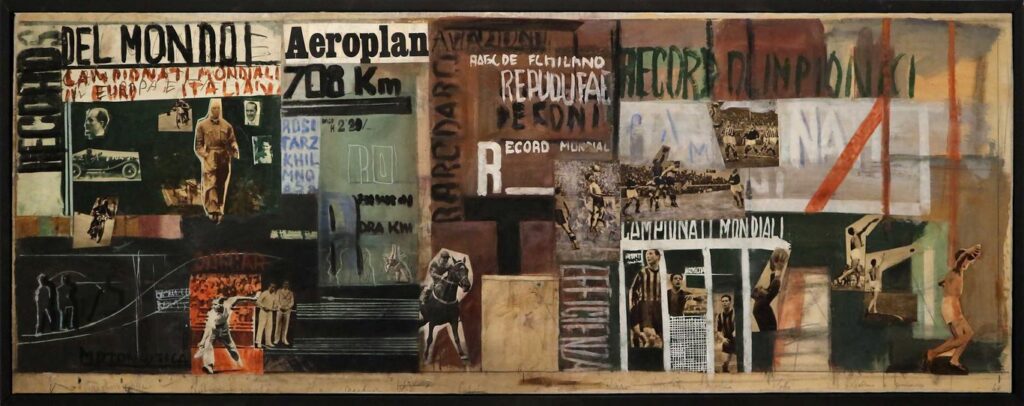
Juliette Faivre-Preda, curator of the Musée d'Art Moderne de Troyes, presents the exhibition Italia Veloce or the questioning of modernity through 130 works from the Fondation Cirulli in Bologna.
Juliette Faivre - Curator of the Troyes MAM - Italia Veloce
Over the years, collectors Sonia and Massimo Cirulli have brought together paintings, sculptures by great masters, advertisements, film posters and everyday objects designed by designers.
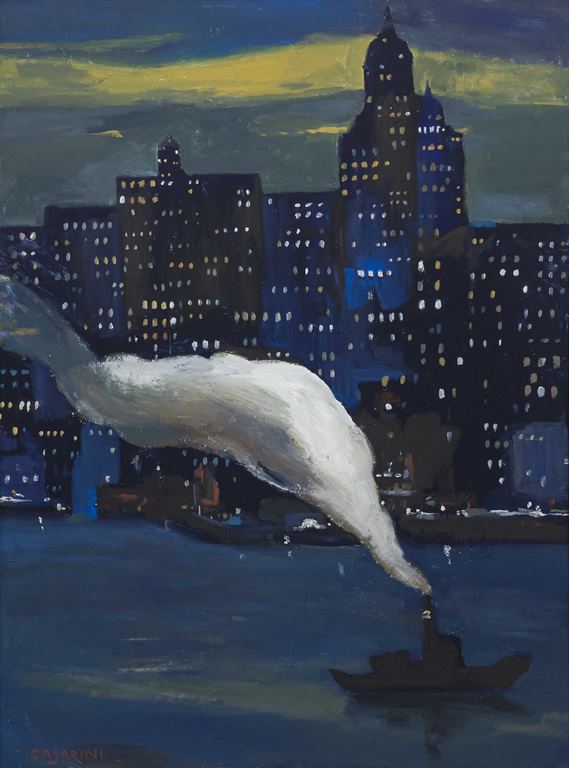
In 2015, they set up the foundation that bears their name in Bologna. In France, this Italian approach to the selection of works echoes that of collectors Pierre and Denise Levy, who founded the Musée d'Art Moderne de Troyes. It's a plunge into more than half a century of creativity, from the birth of modernity in the early 20th century to the Italian economic boom of the 1960s.
From Bologna to Troyes: two families of collectors
These 2 families share a love of art, a vision of how to collect and a desire to share their passion. Pierre Lévy (1907-2002) and his wife Denise assembled a remarkable private collection of modern art over the space of four decades. Denise Lévy collected sculptures and a great deal of glassware by Maurice Marino, a painter, master glassmaker and native of Troyes. She also collected tapestries, ceramics and paintings from the major movements of the 19th and 20th centuries: the Nabis Bonnard, Édouard Vuillard, Ker-Xavier Roussel and Maurice Denis, and the Fauves Maurice de Vlaminck, Raoul Dufy, Georges Braque and Derain. In 1976, the couple donated 2,000 works to the state on condition that they be exhibited in Troyes. This was to be in the former bishop's palace, which was to become the Troyes Museum of Modern Art in 1982.
On the other side of the Alps, Sonia and Massimo Cirulli, a generation later, are also very open-minded.
Their vast and lively collection includes a huge range of different objects.
Art in all its forms

The exhibition Italia Velocearts and design in the 20th century, focusing on advertising, design and cinema posters, offers a vision of Italian art from 1910 to 1960. It opens with a look at Futurist artists, with a work by Giacomo Balla (1871-1958), a car travelling at full speed. And the decomposition of movement. We are reminded of the famous phrase by the founding writer of the Futurist movement, Filippo Tommaso Marinetti (1876-1944) : "A roaring car, which looks like it's running over grapeshot, is more beautiful than the Victory of Samothrace". . Published in 1909, his "Futurist Manifesto "He professes the ideas of a total renewal of art. With machines and speed. The themes are the praise of the machine in motion, the modern city and the movement of its lights, the representation of intersecting lines of force.

The exhibition continues with Aero-Painting, which permeated the Second Futurism of the 30s and 40s and the importance of aviation. The aeroplane and the epic of flight became the symbol of this new aesthetic. It created a new way of seeing the world, sometimes tinged with fascist nationalism.

In 1930, the visual artist Bruno Munari (1907-1998) depicted a plane flying over a sphere symbolising the earth. He wanted to transcribe the movement during the flight, which forced him to synthesise reality: on the sphere, only Italy is sketched.
From dynamism to neo-realism
Fascist Italy had dreamt of a new world and artists of a new art. Italy in the 1950s and 60s, bubbling with joie de vivre, brought art into everyday life. Neo-realism" showed the life of the Italian people. Art left the galleries and museums to take to the streets in the form of posters, advertisements and murals.
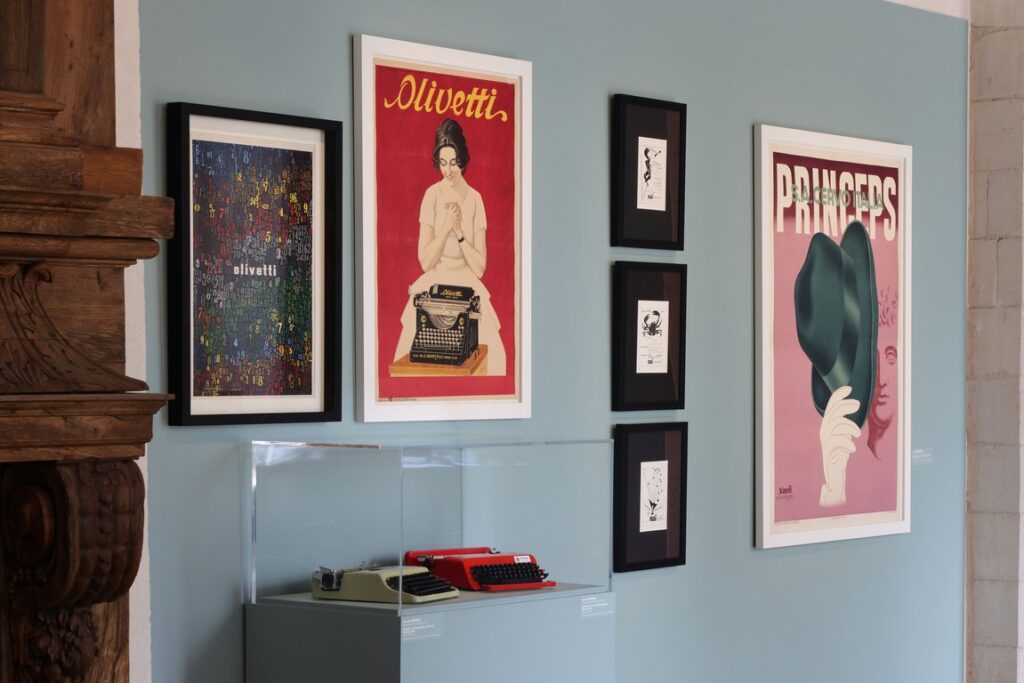
From Futurism to the modern design movement, the gap between works of art and everyday objects is narrowing. This is reflected in the exhibition, with a section devoted to the new design, furniture and advertising companies. There are iconic objects such as the Lambretta motorbike and scooter (1954) and the "Valentine" portable typewriter designed by Ettore Sottsass for Olivetti (1969).
Artists and architects reinvented themselves as designers or advertising artists. One example is the poster for the conical bottle of the Campari Soda aperitif, created by the Futurist painter Fortunato Depero (1892-1960).
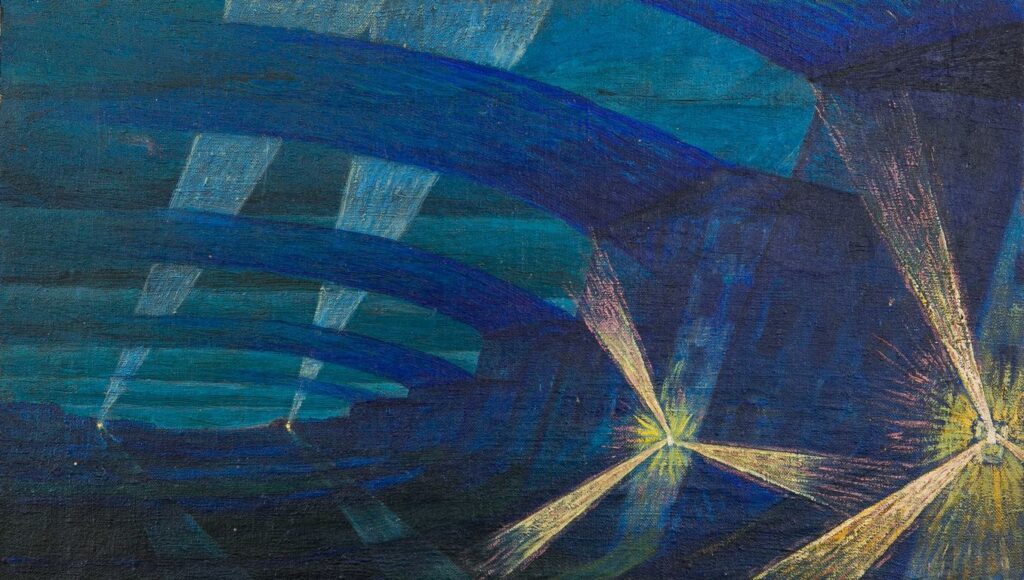
The exhibition bears witness to the exchanges between artists and industrialists, designers and advertisers, which gave rise to a general emulation of the arts. The exhibition concludes with a look at the theatre and cinema, which also played a part in the artistic ferment of the 20th century.
PRACTICE
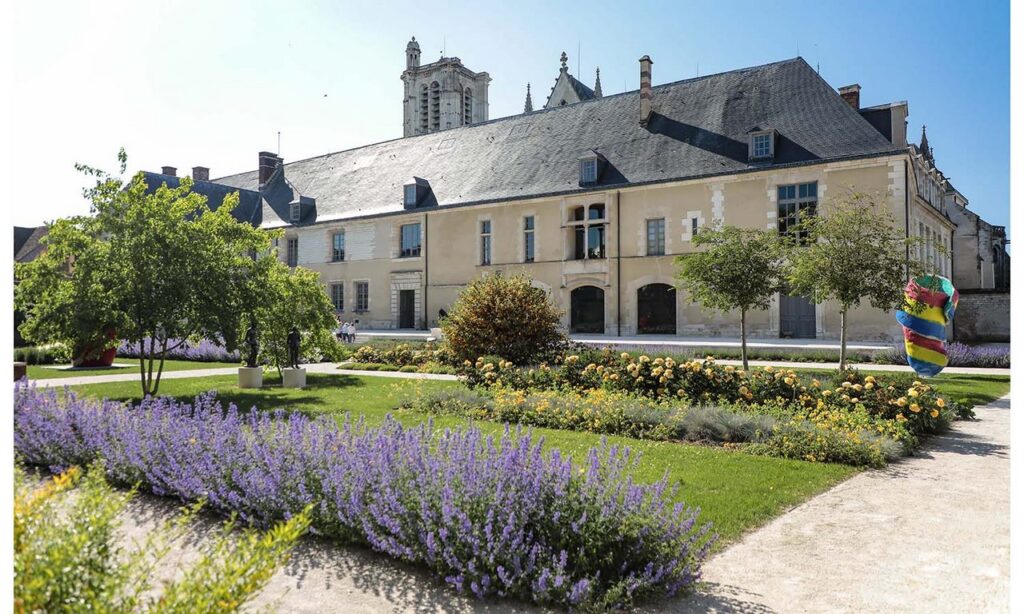
"Italia Veloce: arts and design in the 20th centuryexhibition from 22/6 to 20/10 at the Musée d'art moderne de Troyes.
Pierre and Denise Levy National Collection and the first presentation in France of a selection of works from the collection Fondazione Sonia & Massimo Cirullilocated in Bologna, with the support of the Italian Consulate in Paris.
Curated by Juliette Faivre-Preda and Jeffrey T. Schnapp.
Admission: €8, free on the 1st Sunday of the month.
Catalogue: Snoeck éditions, 159 pages, €25
www.musees-troyes.com
www.troyes.fr

The Cirulli Foundation aims to promote twentieth-century Italian art and visual culture, from the birth of modernity to the years of the economic boom (1900-1970). The Foundation's headquarters are located in San Lazzaro di Savena, a few kilometres from Bologna. It was designed in 1960 by the architects and designers Achille and Pier Giacomo Castiglionifor Dino Gavina, publisher of some of the greatest classics in Italian design.
Photo opening : Danilo Donati (1926-2001). Amarcord. In 1969, he began a prestigious collaboration as chief set designer with Federico Fellini (Satyricon, Roma, Amarcord, Casanova).
Text and video : Michèle Lasseur


